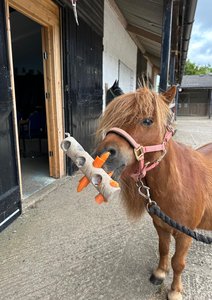At HorseWorld, we believe that friends, forage and freedom are the foundations of a good life for equids. Wherever possible, horses should live as naturally as they can; grazing in herds, moving freely across varied terrain, and engaging in the behaviours that evolution has hardwired into them.
However, we also recognise that sometimes this ideal is not possible. Horses may require periods of stable rest during recovery from injury or illness, or turnout may be limited by land availability and seasonal conditions. During these times, it is especially important to enrich the stable environment to reduce stress, alleviate boredom, and provide meaningful outlets for natural behaviours.
Space, air and social contact
The starting point for enrichment is to make the restricted environment as close to the horse’s natural needs as possible.
- Air and light: Ensure the stable has good ventilation and access to natural daylight. If not, consider installing a window or adjusting the layout.
- Room to move: Can you combine two stables, provide access to a barn, or pen off a larger area so the horse has more space?
- Companionship: Horses are herd animals who thrive on social interaction. Ideally, they should be stabled where they can see and touch another horse. Partitions with openings can allow smaller ponies or horses to interact safely with others.
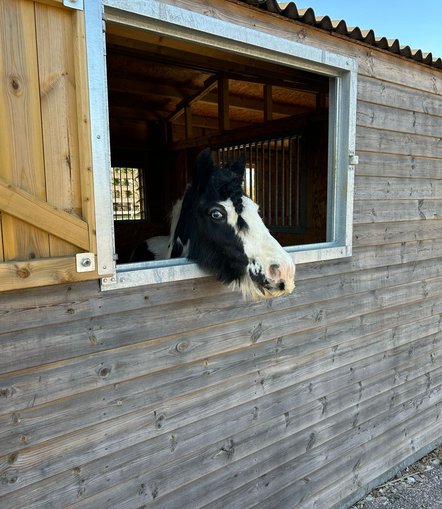
Forage and feeding enrichment
Horses are trickle feeders, evolved to eat for the majority of each day. Being left without forage for long periods can negatively affect both physical health and behaviour.
- Slow feeding: Use small-holed hay nets or “greedy feeders” to extend feeding time and mimic grazing.
- Variety and placement: Offer forage in multiple locations, at different heights, and from different receptacles to encourage movement and exploration.
- Fresh turf: Rotating small pieces of turf provides the opportunity to nibble grass and ingest beneficial microbes from the soil, supporting gut health.
- Forage games: Hiding carrots or apples within hay encourages natural foraging behaviour.
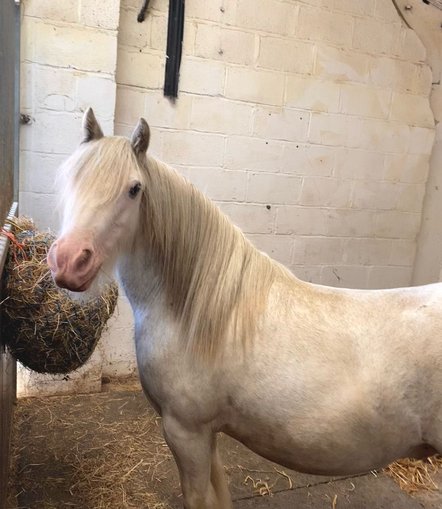
Touch and texture
Horses explore their environment through touch and often seek tactile stimulation.
Provide a mix of surfaces and objects including:
- Soft items to nuzzle or chew
- Harder or rougher materials for rubbing and scratching
- Balls (such as old footballs or rugby balls) to nudge and play with
It is important to rotate items regularly so they remain novel and engaging.
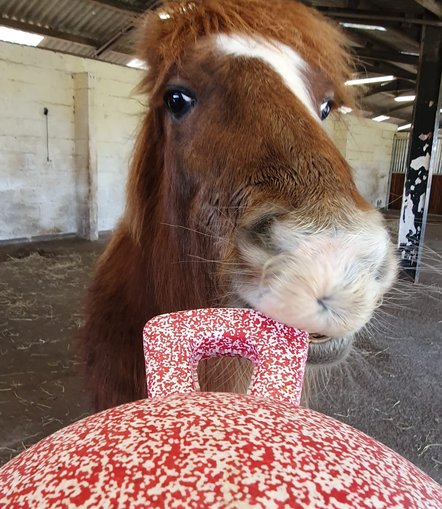
Smell and scent
Scent plays an important role in how horses interact with their world and can have a calming, rehabilitative effect.
- Natural smells: Hang a towel carrying another horse’s or animal’s scent, or place manure from a companion horse in a mesh bag within reach.
- Essential oils: Certain oils may provide enrichment or therapeutic benefits. Use only horse-safe oils, ensure good ventilation, and always remove if the horse reacts negatively.
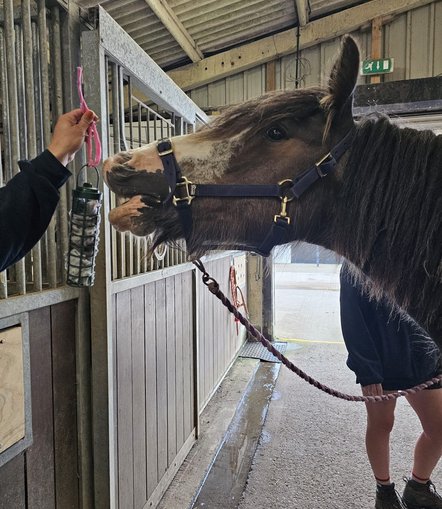
Visual Stimulation
Horses feel safer when they can see their surroundings.
- Maximise the view by using half-doors, windows, or stable bars that allow a wider line of sight.
- For smaller ponies install a split door or use a stall/door guard to enable them to see out.
- If possible, stable the horse in a location with more visual interest—such as overlooking a yard or pasture—so they can observe daily activity.
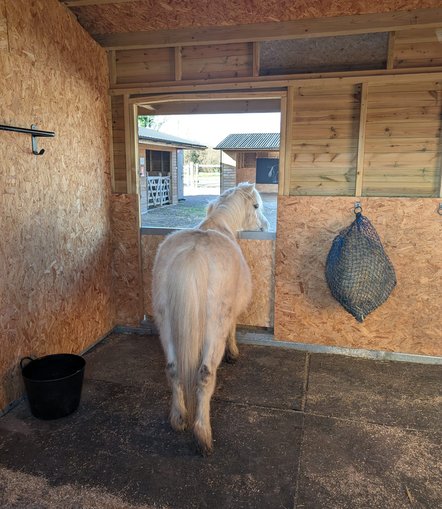
While nothing can truly replace the benefits of free movement, grazing, and companionship in a natural setting, enrichment can significantly improve the welfare of horses when stabling is necessary. By engaging their senses, supporting their natural behaviours, and providing opportunities for choice and variety, we can make stable life more positive, stimulating, and comfortable.
Below you can download more enrichment ideas:

